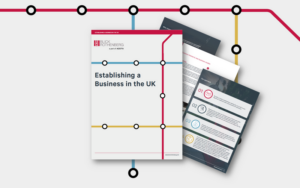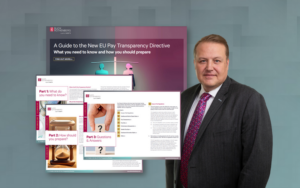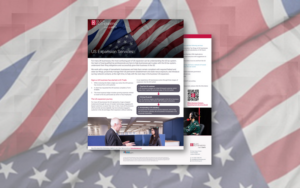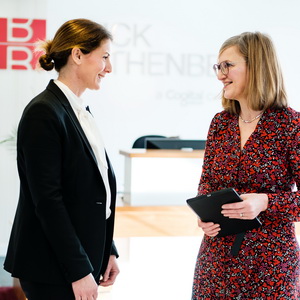Self’s assessment: a springboard for investment?
In our continuing series, Heather Self examines the tax issues that make the headlines in the national press
This week, she examines Chancellor Sunak’s plan to encourage greater capital investment.
In the chancellor’s Spring Statement last month, he outlined his Tax plan. One part of this is ‘Creating the conditions for private sector led growth’, which will include ‘considering reforms to best support future business investment’ ahead of April 2023 (Spring Statement, para 4.28). This sets out a number of options for what might follow the super-deduction, which is expected to end in a year’s time.
When I started in tax – a long time ago – capital allowances were relatively simple. Plant and machinery qualified for 100% first year allowances (FYA); buildings had an initial allowance (IA) and then a 4% straight line industrial buildings allowance (IBA).
Nigel Lawson’s 1984 Budget introduced radical change: FYAs and IAs were phased out over three years, and we were left with 25% writing down allowances (WDA) for plant and 4% IBAs for buildings. The reduced allowances more than paid for the reduction in corporation tax over the same period, from 52% to 35%, and were part of a general global trend towards reducing the rate but broadening the base for corporate taxes.
Since then, chancellors have rarely been able to resist tinkering with the capital allowances system. Short life assets allowances were introduced in 1985, and a reduced rate for long life assets in 1996. FYAs made a reappearance for smaller businesses in the late 1990s, and specific incentives were introduced for assets such as energy-saving equipment or qualifying expenditure in an enterprise zone.
In 2008, further major reform introduced the annual investment allowance (AIA), initially at £100k but the amount has varied frequently since then. Currently, it is set at £200k but with a temporary increase to £1m until March 2023. IBAs were withdrawn in 2011, but the structures and buildings allowance (SBA) was introduced in 2018.
And then, as part of Rishi Sunak’s response to covid-19, the ‘super-deduction’ was introduced, at 130% for main pool items and 50% for long life plant – but with some significant administrative complexity. In direct contrast to the 1984 measures, this generosity in capital allowances is counterbalanced by a significant increase in the rate of corporation tax, from 19% to 25%, so we have now got a narrowing of the base and an increase in the rate.
So – and this won’t be a surprise – everything has got more complicated over the years. The options that Sunak is now considering are:
- increase the permanent level of the AIA, for example to £500k;
- increase WDAs from their current level of 18% and 6% to 20% and 8%;
- introduce a FYA for main and special rate assets of, say, 40% and 13%;
- introduce an additional FYA to bring the overall amount that can be claimed to over 100% of the cost; and
- introduce full expensing, effectively reintroducing 100% FYA.
The estimated cost of each of those options would be £1bn, £2bn, £3bn, £4bn and £11bn. It is fair to say that the last one has probably only been included for completeness, but what are the merits of the others? And are there other options he should consider?
Increasing the AIA, and keeping it stable for a number of years, would benefit a large number of small and medium-sized businesses and would be a relatively simple measure. In 2018, the Office for Tax Simplification (OTS) produced a report on simplifying capital allowances which noted that only about 30,000 business incurred capital expenditure in excess of the (then) AIA amount of £200k. So this first measure would be relatively cheap and simple, but it is questionable whether it would make a significant difference to the amount of capital investment projects in the UK.
Increasing WDAs would also be relatively simple, and at £2bn would not be prohibitively expensive. But this falls into the category of tinkering, and again probably does not do much to make a difference to levels of capital investment.
Introducing an FYA, or even an additional FYA, starts to make a significant difference to major projects, and is likely to do more to stimulate overall capital investment. However, what it is likely to do is to accelerate expenditure (on the assumption that an FYA, once given, may be taken away again) rather than making a permanent difference. And there would be an element of a windfall effect, in that expenditure which has already been planned and budgeted on projects such as HS2 would qualify for higher levels of allowances than expected.
This highlights a key issue with seeking to use the tax system, and particularly the capital allowances system, as a tool to encourage investment. It is a relatively blunt instrument, since major capital projects are planned some years ahead, so the incremental capital investment caused by a change to the system is likely to be only a small percentage of the total spend.
What might be preferable would be a commitment to stability, with a generous AIA of £500k or more, and WDAs which are a reasonable proxy for actual depreciation rates. Of course, we could just do away with capital allowances and use commercial depreciation instead – but the 2018 OTS report concluded that the transitional costs would be high, and any potential simplification may be illusory. Annex F to the report noted that ‘in Germany, the official position is that tax deductions follow the accounting treatment but the tax authorities issue guidelines of approximately 300,000 depreciation rate categories. We should be careful what we wish for.
First published in Tax Journal on 5 April 2022.
Contact Heather
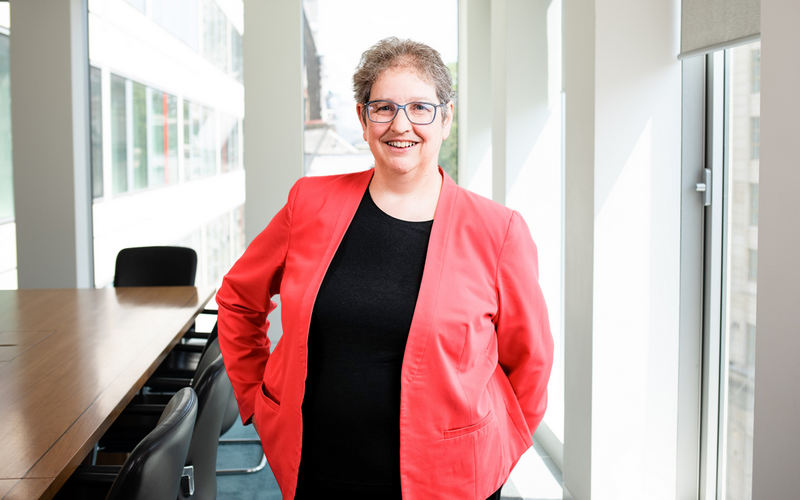
You may also be interested in

Non-domicile changes – Trust protection

Non-domicile changes – Transitional provisions



